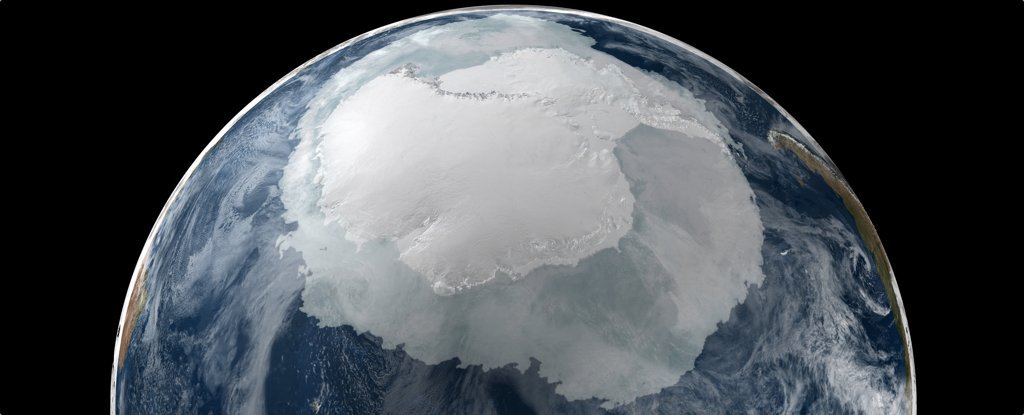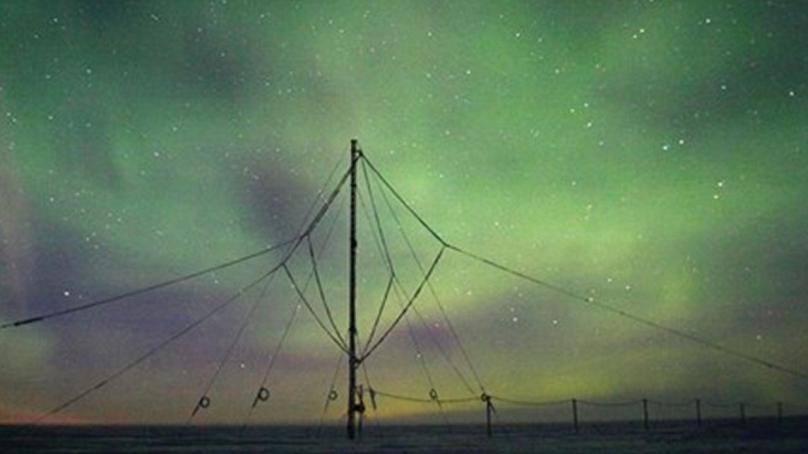For part of the summer in parts of Antarctica, the ice melts into a swampy, slushy stew and refreezes as the temperatures rise and fall. As it melts, it generates hundreds of thousands of tiny little “icequakes”.
Now, scientists have captured the daily pattern of these miniature tremors using the same kind of seismographs used to detect earthquakes. They find that the icequakes are caused by the sudden snap of frozen films of ice covering pools of slush.
“In these ponds, there’s often a layer of ice on top of melted water below, like you see with a lake that’s only frozen on top,” University of Chicago glaciologist Douglas MacAyeal said in a statement. “As the temperature cools at night, the ice on the top contracts, and the water below expands as it undergoes freezing. This warps the top lid, until it finally breaks with a snap”.
Breaking up
MacAyeal and his team were interested in the daily rhythms of the ice because little is known about the mechanics of a breakup of a large ice sheet. Such breakups have occurred in Antarctica multiple times over the past several decades. The Larsen C ice shelf calved an enormous iceberg into the Weddell Sea in 2017. The nearby Larsen B shelf collapsed unexpectedly in 2002. When floating ice sheets collapse, they don’t directly contribute to sea-level rise, because they were already in a marine environment. But they do allow the landbound glaciers behind the ice sheets to flow faster, dumping meltwater into the sea.
Read more HERE





































